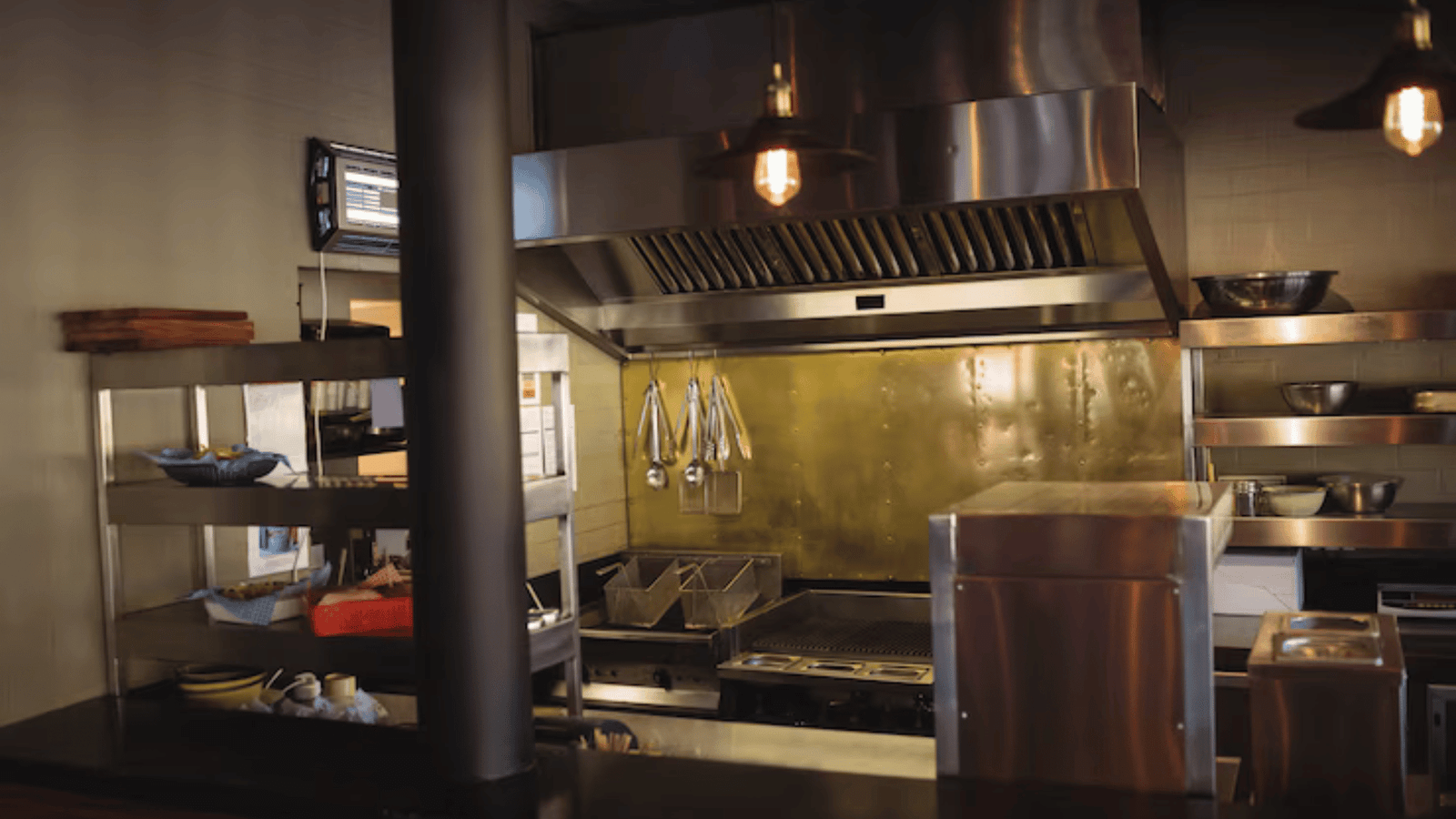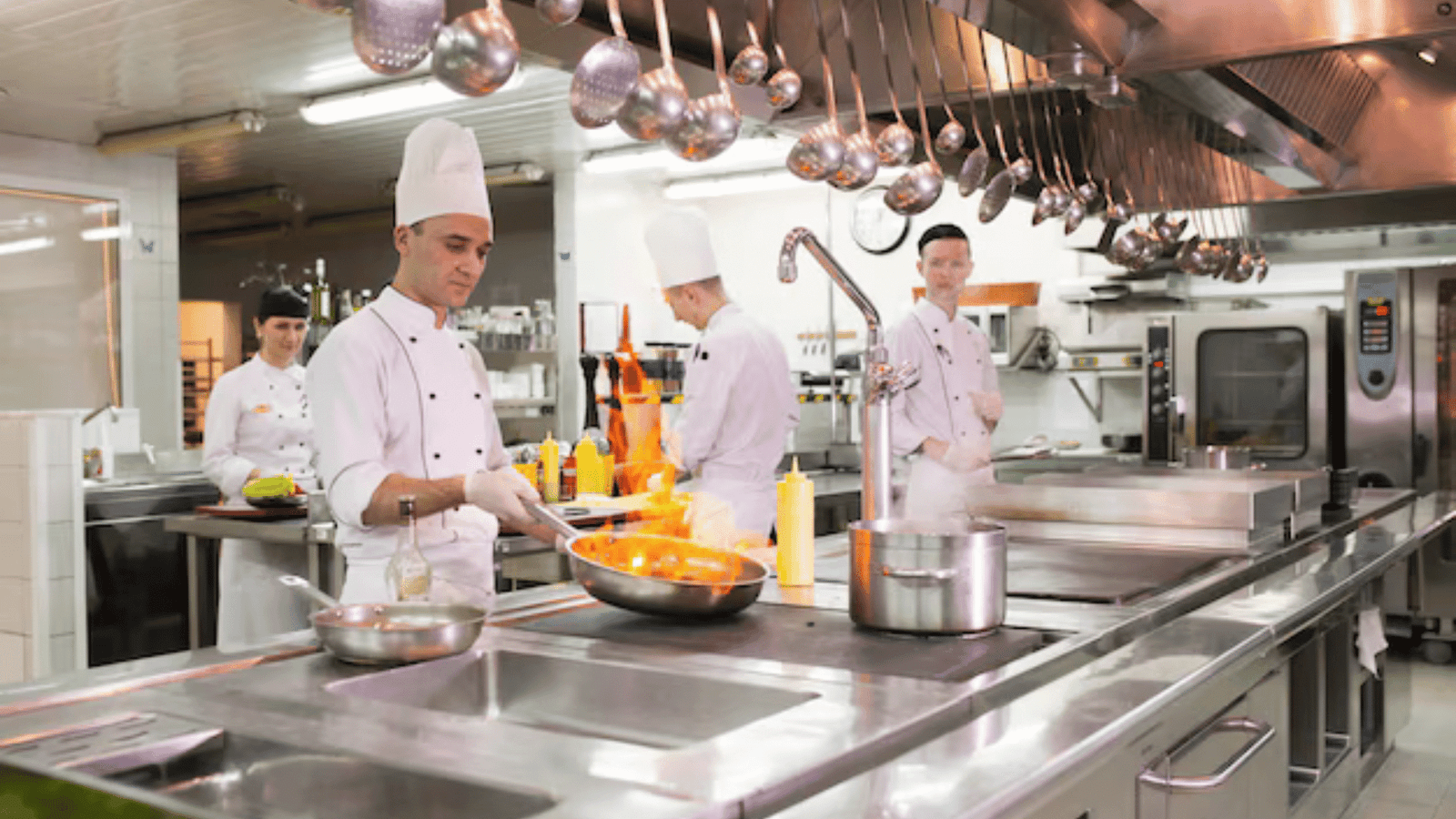The cloud kitchen model is revolutionizing the food industry, but one of the biggest challenges for entrepreneurs is managing high investment and manpower costs. With increasing competition, maintaining profitability requires smart strategies to reduce cloud kitchen investment while ensuring efficiency.
This guide explores automation, lean hiring, optimized operations, and innovative cost-cutting techniques to help cloud kitchen owners minimize expenses and maximize revenue.
Why Reducing Investment and Manpower Costs Matters

Before diving into solutions, let’s understand why optimizing these costs is crucial:
- Lower Overheads: Reducing fixed expenses ensures long-term sustainability.
- Higher Profit Margins: Less investment means quicker ROI.
- Scalability: A lean model enables expansion with minimal financial burden.
- Operational Efficiency: Optimized manpower and technology improve productivity.
Smart Ways to Reduce Cloud Kitchen Investment
1. Choose a Cost-Effective Location
Unlike traditional restaurants, cloud kitchens don’t require prime locations. Choose a space with:
- Lower rent but good connectivity for deliveries.
- Existing kitchen infrastructure to reduce setup costs.
- Proximity to high-demand zones to reduce delivery times.
💡 Tip: Shared cloud kitchens (co-working kitchens) can further reduce initial investment.
2. Invest in Multi-Branding from a Single Kitchen
Instead of running a single cuisine, operate multiple virtual brands from the same kitchen. This maximizes equipment and ingredient usage while expanding customer reach.
Example: A single kitchen can serve burgers, sandwiches, and pizza under different brand names, attracting varied customer segments.
3. Minimize Equipment Costs with Smart Procurement
Buying new kitchen equipment can be expensive. Reduce costs through:
- Leasing equipment instead of purchasing.
- Buying second-hand, refurbished, or factory outlet appliances.
- Opting for multipurpose equipment like combi ovens and all-in-one food processors.
💡 Tip: Use financing options like EMIs or rental models to ease capital expenditure.
4. Optimize Supplier Contracts and Inventory Management
Reducing investment isn’t just about cutting costs—it’s about smart spending.
- Bulk purchasing: Negotiate discounts for high-volume ingredients.
- Local sourcing: Saves on logistics costs.
- Data-driven inventory: Use AI-powered forecasting tools to prevent food wastage and overstocking.
Recommended Tools: Toast, Kitchen CUT, MarketMan
5. Automate Ordering and Delivery to Cut Costs
Integrating technology can eliminate the need for additional staff:
- AI-powered chatbots handle customer queries.
- Cloud-based POS systems streamline order processing.
- Third-party delivery aggregators (Swiggy, Zomato, Dunzo) reduce logistics investment.
Example: A fully automated ordering system can eliminate the need for a front-desk operator.
Read Also :- A Complete Guide to Cloud Kitchen Setup & Optimization in India
Menu Engineering 101: Secrets to Maximizing Your Restaurant Profits
How to Reduce Manpower Costs in a Cloud Kitchen
1. Cross-Train Your Staff

Instead of hiring specialized staff for each task, train employees to handle multiple roles:
- A chef who can also do basic inventory checks.
- A packer who can assist in ingredient preparation.
- A supervisor who handles customer queries and operations.
2. Implement Automated Kitchen Management
Automation can replace manual labor, reducing dependence on high-cost manpower. Consider:
- Smart POS & KDS (Kitchen Display Systems): Reduces miscommunication and errors.
- Automated food preparation equipment: Reduces dependency on multiple cooks.
- AI-driven scheduling: Optimizes shifts based on demand.
3. Hire Strategically with Gig and Part-Time Workers
Full-time salaries can be expensive. Optimize manpower with:
- Freelance chefs for peak hours.
- Gig economy workers for packaging and deliveries.
- Outsourced customer support to reduce in-house staffing needs.
4. Reduce Dependency on Delivery Staff
Instead of maintaining an in-house delivery fleet, use:
- Third-party delivery apps (Swiggy, Zomato, Uber Eats).
- Bike rental services for cost-effective logistics.
- AI-based delivery scheduling to optimize routes and reduce delays.
Example: Rebel Foods uses a hybrid delivery system, blending third-party platforms with in-house dispatching for efficiency.
Technology-Driven Cost Reduction in Cloud Kitchens

1. AI-Based Demand Forecasting
Using AI to predict order volumes prevents over-hiring and inventory wastage.
Recommended Tools: Forecastly, BlueCart, Square Analytics
2. Cloud-Based Restaurant Management Software
Centralized platforms streamline operations, reducing admin overheads.
Best Picks: POSist, Toast, TouchBistro
3. Virtual Assistants for Customer Interaction
AI-driven chatbots handle customer queries, orders, and complaints, reducing the need for customer service reps.
Example: Domino’s chatbot Dom assists in order processing and tracking.
Read Also : How to Start a Cloud Kitchen from Home: A Complete Guide
Cost-saving techniques for cloud kitchen startups
Conclusion
Reducing cloud kitchen investment and manpower costs is all about efficiency, automation, and smart hiring. By leveraging technology, optimizing staffing, and making data-driven purchasing decisions, cloud kitchens can cut costs while maintaining high operational standards.
A lean, cost-effective model not only ensures profitability but also enables faster scalability and long-term success.
FAQs
Q1. What is the minimum investment needed for a cloud kitchen?
The cost varies, but a basic cloud kitchen setup can start at ₹5-7 lakhs if you lease equipment and space wisely.
Q2. How does automation help in reducing cloud kitchen costs?
Automation reduces the need for excessive manpower, minimizes order errors, and improves efficiency in kitchen operations.
Q3. Is it better to own or rent a cloud kitchen space?
Renting a shared cloud kitchen is ideal for startups, while owning a space makes sense for long-term scalability.
Q4. How can cloud kitchens cut manpower costs without affecting quality?
By cross-training staff, using gig workers, and implementing kitchen automation tools, cloud kitchens can reduce manpower costs while maintaining quality.
Q5. What are the best automation tools for cloud kitchens?
Top picks include Toast, POSist, Kitchen CUT, and AI-based inventory management platforms to streamline operations.





